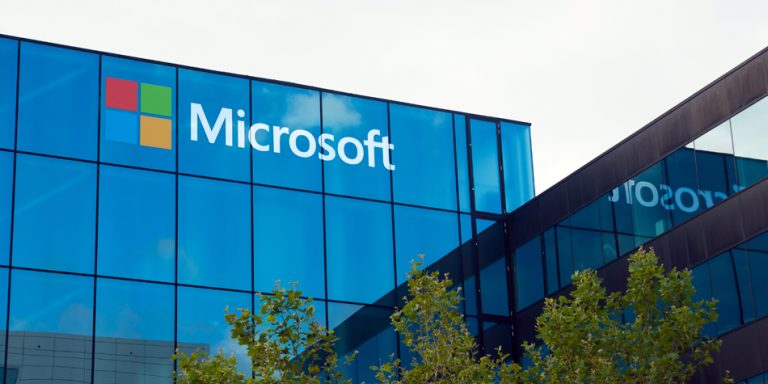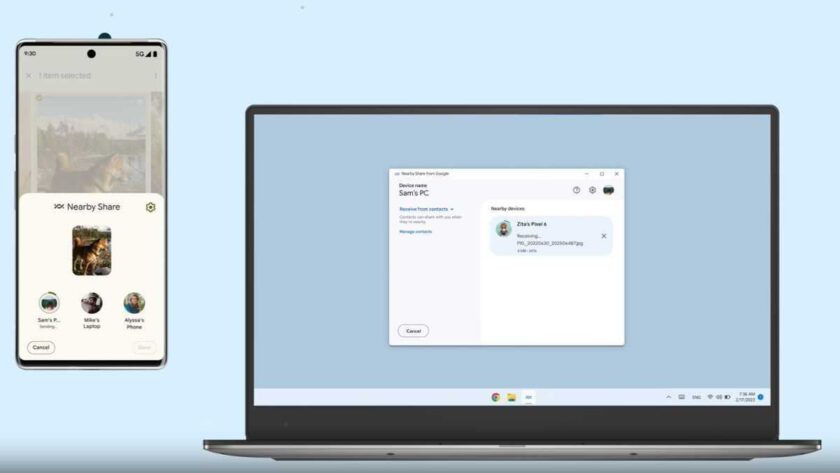Microsoft is working on a new line of budget Surface tablets to better compete with Apple’s low-cost iPad options, according to a report from Bloomberg.
According to the report, the new Surface tablets won’t just be smaller, cheaper Surface Pros. Rather, Microsoft is said to be completely redesigning the devices, with 10-inch screens instead of the 12-inch size currently found on the Surface Pro, rounded corners that more resemble an iPad than the more rectangular Surface design, and USB-C for charging. Most importantly, priced at $400, they will be more in line with Apple’s cheaper tablets, too.
Bloomberg also claims that the new models will be around 20 percent lighter than the current Surface Pro, although that reduced weight comes at the cost of around four hours fewer of battery life. Like the full-size Surface, the new budget Surface computer will feature Intel processors and graphics, and run the full version of Windows 10 Pro. (No word on whether or not S Mode will be enabled by default, which may make sense given the budget nature of the device.) And like the iPad, Microsoft is said to be planning on models that offer LTE connectivity, which the company finally brought to the full-size Surface Pro earlier this year.
The iconic Surface kickstand is also said to be sticking around, although the new models won’t come with a keyboard or stylus in the box. Microsoft is apparently working on new, cheaper versions of the keyboard cover, stylus, and mouse to accompany the new Surface tablets; the current model costs an extra $159.
The cheapest version of the current generation Surface Pro starts at $799, compared to the base model 9.7-inch iPad that (while not a comparable device spec-wise) costs just a fraction of that price tag at $329.
The new budget Surface models won’t be Microsoft’s first attempt to make a cheaper Surface tablet. Past years have seen models like the $499 Surface RT, Surface 2, and Surface 3 models, but the lineup was never able to achieve the same success as the more powerful Surface Pro versions, and Microsoft eventually discontinued the Surface 3 back in 2016.




